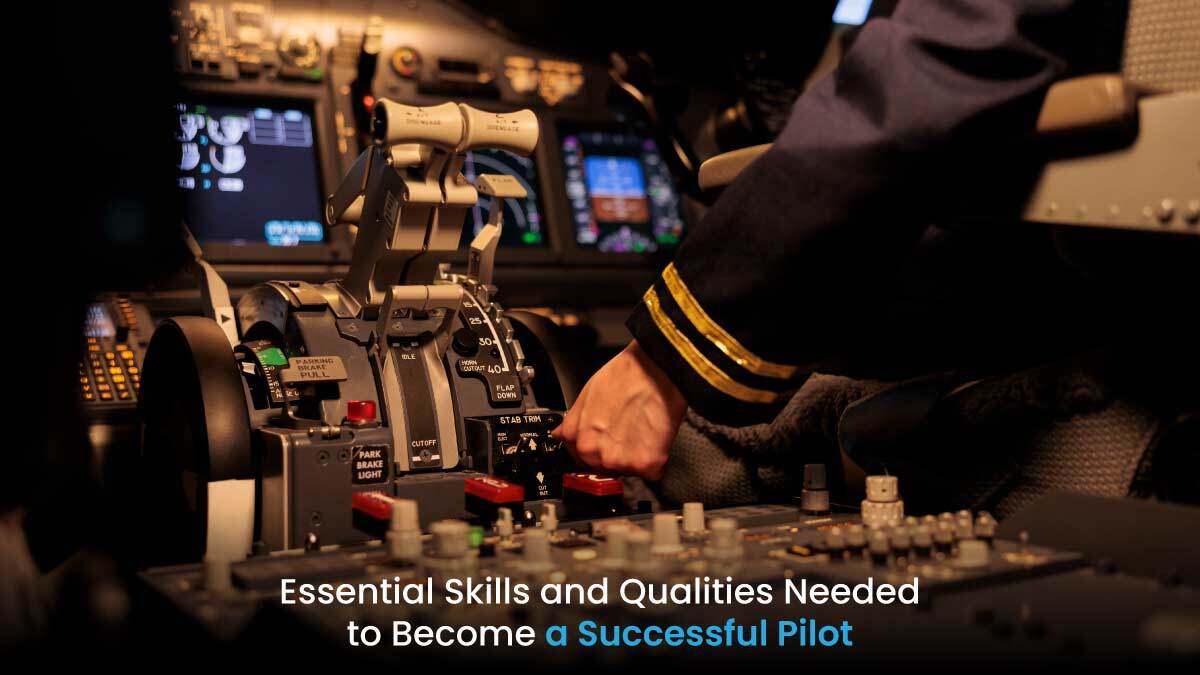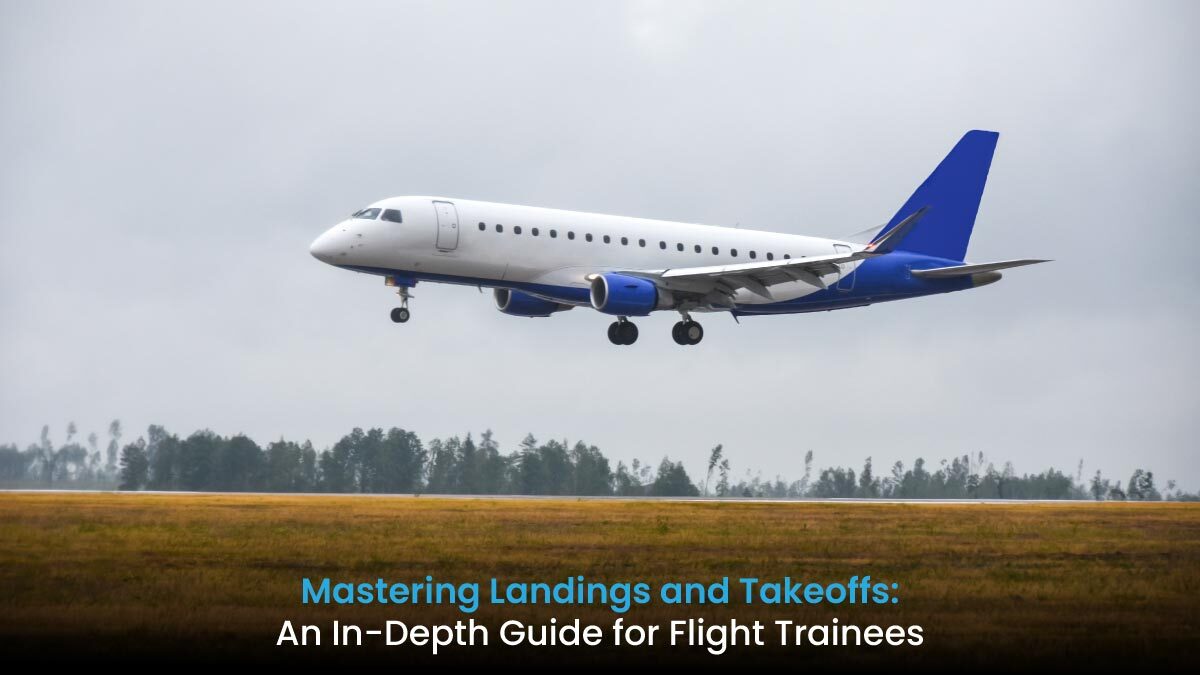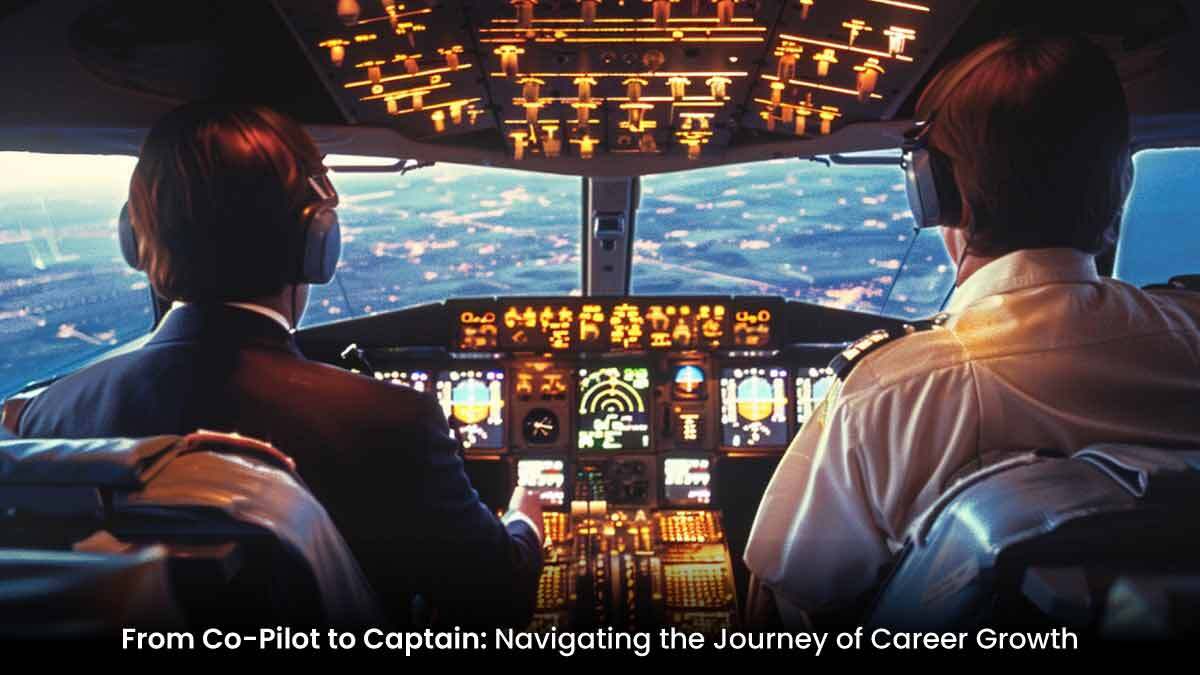
The aviation industry often pits Boeing and Airbus against each other, but to pilots, these manufacturers offer distinctly unique experiences. Whether it’s the cockpit’s ergonomics, flight controls, or automation philosophy, each brand has cultivated a loyal following among aviators. Here’s an inside look at the key differences between flying these aircraft giants and the nuances from a pilot’s perspective that define the “Airbus vs. Boeing” debate.
This table highlights the difference between Airbus and Boeing and concisely references the ongoing Airbus vs. Boeing debate.
| Aspect | Boeing | Airbus |
| Flight Controls | Traditional yoke/control column for a tactile feel. | Side-stick controller for a minimalist, modern design. |
| Automation Philosophy | Offers manual freedom with pilot-centered decisions. | Fly-by-wire system with envelope protection and high automation. |
| Cockpit Ergonomics | More mechanical and hands-on. | Simplified layout reducing pilot workload and fatigue. |
| Pilot Training | Requires specific training and certification. | Separate training is required; the transition could be more seamless. |
| Safety Standards | Equally safe, with advanced redundancy systems. | Equally safe, meeting global regulatory standards. |
Airbus vs. Boeing
1. Flight Controls and Design Philosophy
One of the most striking differences between Airbus and Boeing lies in their flight control systems:-
- Airbus aircraft feature a side-stick controller, while Boeing relies on the traditional control column or yoke.
- On one hand, computer systems help in reducing pilot workload due to high automation in Airbus aircraft. On the other, Boeing offers a hands-on driver orientation; the pilots have manual override abilities to take initiative when the computer fails.
- As a result, the cockpit of an Airbus has the appearance of being technologically savvy, while that of a Boeing maintains a sense of the tactile touch and of the mechanical world.
2. Automation and System Management
- The fly-by-wire system of Airbus is deemed the most advanced in this respect. It incorporates envelope protection to prevent pilots from exceeding safe operational limits.
- Boeing, however, trusts pilots to make critical decisions, offering more manual freedom but still integrating advanced automation for support.
- But therein lies that famous question the pilots have long asked themselves: “Which is better, Airbus or Boeing?” It is a question without a cogent answer, reflecting personal tastes, since some prefer the technology-driven efficiency of Airbus, while others find Boeing’s balanced use of human intervention more to their tastes.
3. Pilot Training and Transition
Pilots need to go through certain special training programs because of the vast differences that exist in aircraft systems and handling techniques.
- For example, a pilot transitioning from a Boeing to an Airbus has to get certifications due to cockpit specifications, flight dynamics, and operational philosophies.
- A Boeing-trained pilot could technically fly an Airbus, but such a change is neither seamless nor easy since it demands a rigorous retraining process.
- Select flight schools that include Airbus training in their program like Insight Aviation, an exceptional flight school offering the IndiGo Cadet Pilot Programme.
4. Safety Comparisons
In terms of safety, Boeing and Airbus enjoy a superb reputation owing to their stringent adherence to compliance. Aircraft manufactured by both brands carry the latest technological features along with redundant safety systems, allowing a very high degree of reliability. In the end though, whichever aircraft a pilot chooses between Boeing or Airbus, the operational protocols of the airline have to be learned rather than aeroplane ontology.
5. Passenger and Pilot Perspectives
Any differences between Boeing and Airbus planes from a passenger perspective are usually quite small and may mostly deal with cabin design and comfort. Conversely, the pilots engage in much deeper debate. The ergonomic build of the Airbus cockpit is credited for lessening fatigue, while the Boeing cockpit is favoured by those who prefer a traditional hands-on approach.
The “Airbus vs. Boeing” discussion is more than just a rivalry; it’s about contrasting philosophies shaping modern aviation. Whether you’re a tech-savvy pilot favouring Airbus’s automation or a hands-on aviator drawn to Boeing’s tactile design, both manufacturers have revolutionised flight. Their differences are not about superiority but about offering varied experiences to pilots and passengers alike. If you are an aspiring pilot, ready to enter the world of flights, join Insight Aviation’s IndiGo Cadet Pilot Programme for a promising aviation career ahead.
The Journey to Becoming a Pilot
If you aspire to become a pilot, it begins with training at a flight school. To become a pilot, you need a lot of training before stepping into the aviation cockpit. Pilots must study various subjects, practice in a flight simulator, and spend hours flying real planes. One of the most fundamental things they learn is how to operate the cockpit—the control centre of an aircraft. Pilots rely on it to fly safely and smoothly.
Pilots start with ground school, where they learn about flight principles, weather patterns, flight rules, and emergency procedures. After that, they train in a flight simulator, which helps them practice using the aviation cockpit controls and handling different flight situations without leaving the ground.
Once pilots understand the basics, they start flying real planes with an instructor. They practice takeoffs, landings, turns, and emergency responses. Many pilots begin with small aircraft before moving on to bigger planes.
Modern planes are equipped with an autopilot system to assist pilots. This helps control the aircraft’s speed, direction, and altitude, making flights smoother and safer. Airbus aircraft have an advanced autopilot system that manages most of the flight automatically. Boeing planes also feature an autopilot system, but they allow more manual control when needed. No matter what type of aircraft they fly, pilots must master the autopilot system, especially for long flights or challenging weather conditions.
FAQs
Q. Is it easier for pilots to switch from Airbus to Boeing or vice versa?
A. Switching from Boeing to Airbus is generally easier because Airbus aircraft have a standardized, highly automated system with a side-stick controller. In contrast, moving from Airbus to Boeing can be more challenging as Boeing planes require more manual control and use a traditional yoke, which feels different from the Airbus side-stick.
Q. How does the cockpit design differ between Boeing and Airbus?
A. Boeing cockpits have a traditional yoke and are designed for more manual control, giving pilots a hands-on feel. Airbus cockpits use a side-stick controller and rely more on automation to reduce the pilot’s workload. The Airbus design is more modern and simplified, while Boeing keeps a classic layout that many pilots find more engaging to fly.
Q. What are the key differences between Boeing and Airbus aircraft?
A. Boeing aircraft focus on manual control, allowing pilots to make key decisions with less automatic interference. Airbus planes prioritize automation, using a fly-by-wire system that includes protections to prevent pilots from exceeding safe limits. Boeing aircraft give pilots more direct control, while Airbus reduces workload by relying on computer assistance. Both manufacturers build safe, advanced planes, but they follow different design philosophies.
Q. What are the key differences between flying a Boeing and an Airbus?
A. Airbus emphasises automation with a side-stick, while Boeing offers a manual feel with a control column.
Q. Do pilots require separate training for Boeing and Airbus aircraft?
A. Yes, distinct training programs are mandatory due to differing systems and operations.
Q. Can a Boeing-trained pilot easily switch to flying an Airbus?
A. Not easily, the switch demands retraining to adapt to new systems and handling.
Q. Are Boeing and Airbus aircraft equally safe to fly?
A. Yes, both are engineered to meet the highest safety standards globally.



















